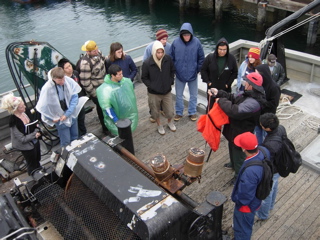
Image Caption
| 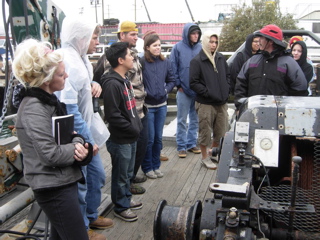
Image Caption
| 
Image Caption |
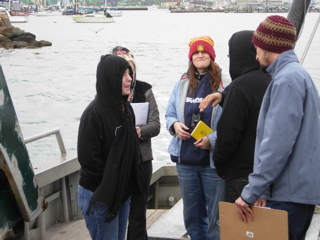
Image Caption
| 
Image Caption
| 
Image Caption |
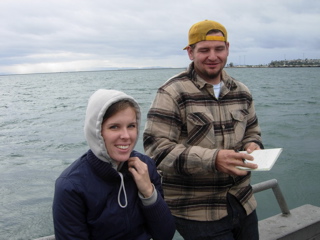
Image Caption
| 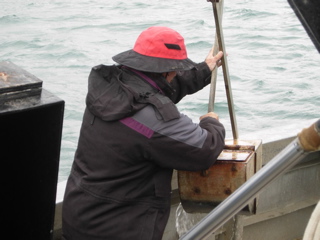
Image Caption
| 
Van Veen grab |
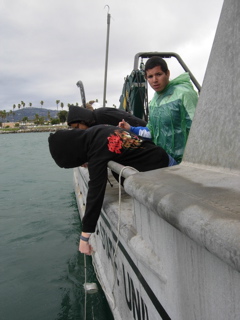
Image Caption
| 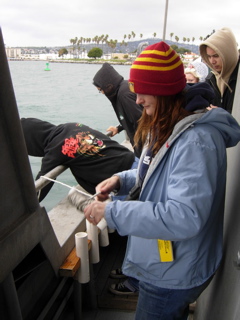
Image Caption
| 
Image Caption |

Image Caption
| 
Mud sample collected by Van Veen grab within the harbor.
| 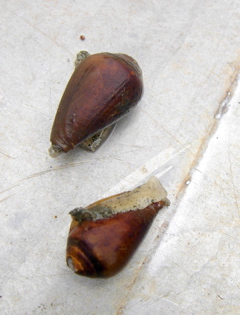
Conus californicus (California cone snail) are found along rocky and sandy shores from 0-30 m depth. They range from the Farallon Islands off San Francisco south to Baja California Sur. They are predators, whose broad diet includes the purple olive snail (Olivella biplicata), the California jackknife clam (Tagelus californiensis), and various polychaetes (contributed by John). |
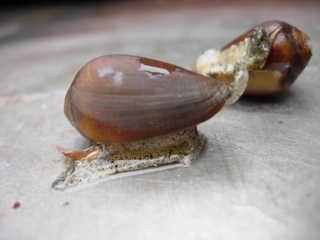
The only local species of this diverse worldwide genus of snails that 'harpoon' their prey with their radula, C, californicus is unusual in its broad diet of prey items. Even so, we were surprised to find these two snails in the harbor Van Veen grab.
| 
Image Caption
| 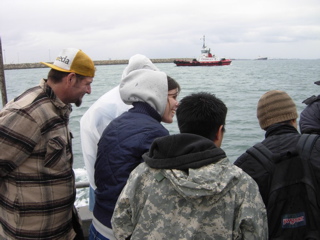
Image Caption |

Image Caption
| 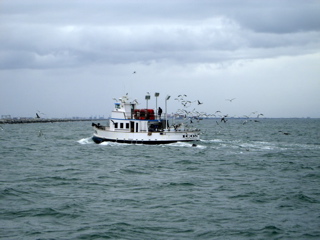
Image Caption
| 
Image Caption |

Image Caption
| 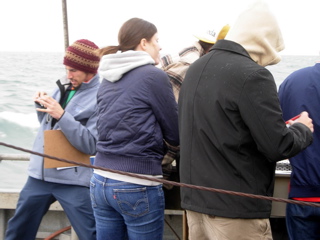
Image Caption
| 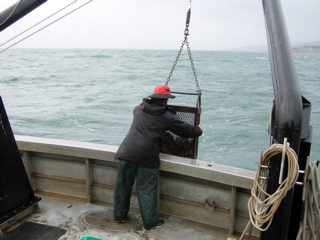
Image Caption |
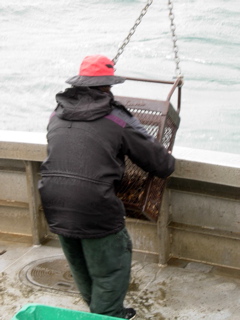
Image Caption
| 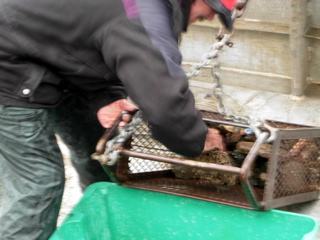
Image Caption
| 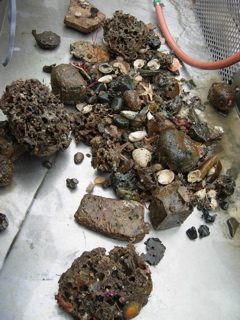
Image Caption |
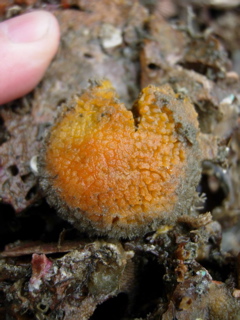
Image Caption
| 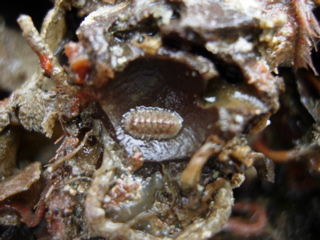
Mopalia imporcata
| 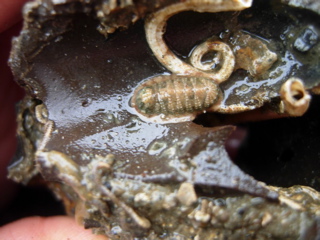
Callistochiton palmulatus |
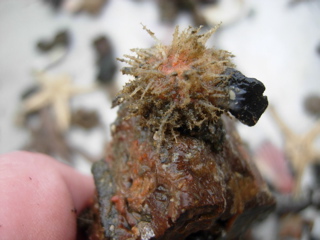
The solitary tunicate, Halocynthia igaboja
| 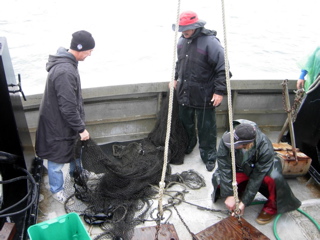
Image Caption
| 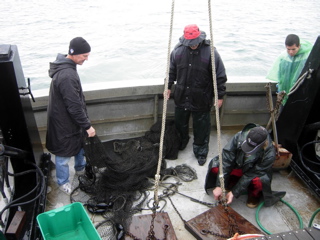
Image Caption |

Image Caption
| 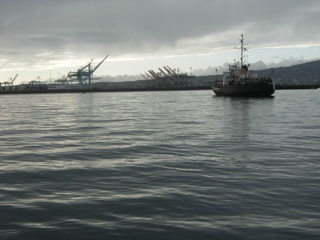
Image Caption
| 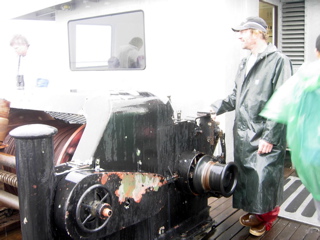
Image Caption |

Image Caption
| 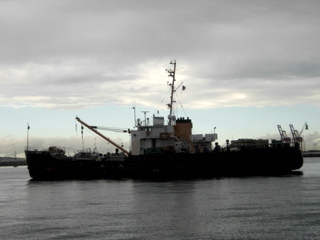
Image Caption
| 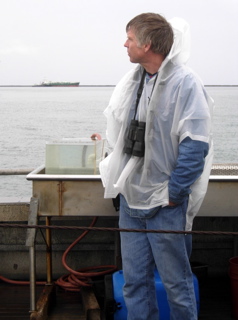
John |
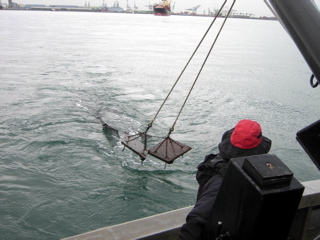
Image Caption
| 
Image Caption
| 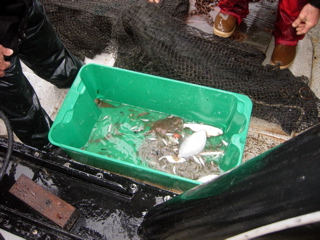
Image Caption |

Image Caption
| 
Image Caption
| 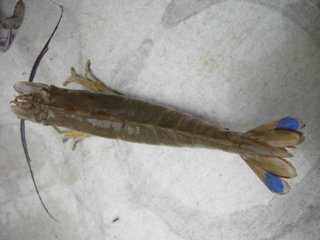
Image Caption |
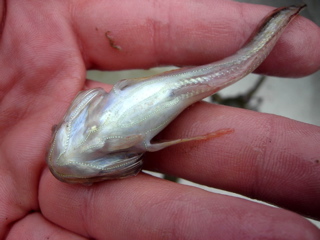
Image Caption
| 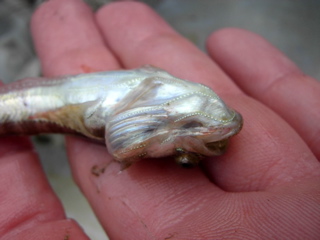
Image Caption
| 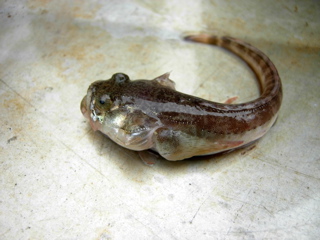
Image Caption |
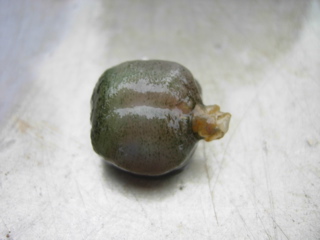
Unidentified echiuran (phylum Echiura)
| 
Image Caption
| 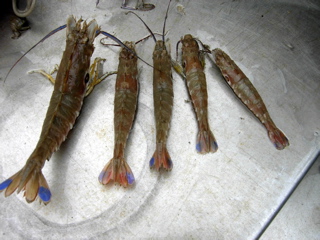
Image Caption |

Image Caption
| 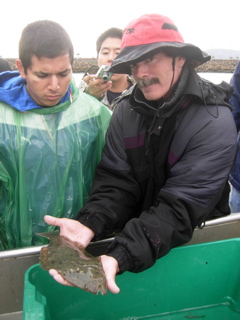
Image Caption
| 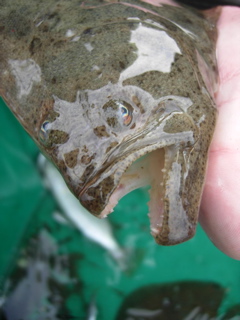
Image Caption |

Image Caption
| 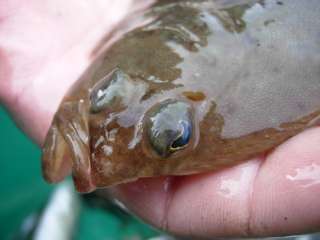
Image Caption
| 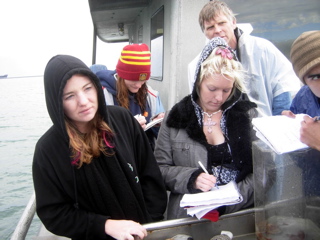
Image Caption |

Image Caption
| 
This isopod, Elthusa vulgaris, is an ectoparasite on fishes. Like other isopods, it broods its offspring, in this case the yellowish mass on its underside.
Also see here.
| 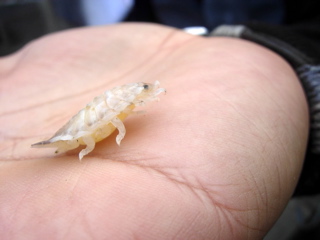
Image Caption |
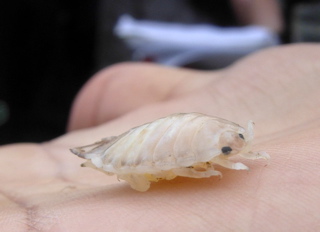
Image Caption
| 
Image Caption
| 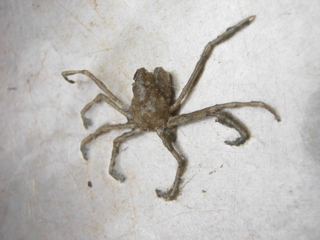
Image Caption |

Image Caption
| 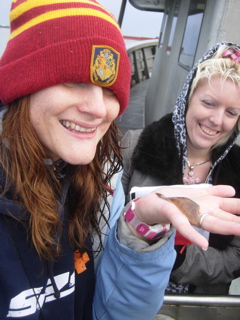
Image Caption
| 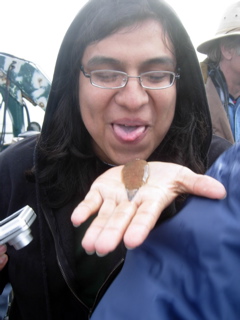
Image Caption |
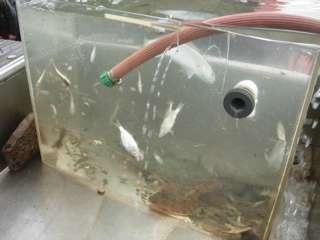
Image Caption
| 
Image Caption
| 
Image Caption |

Image Caption
| 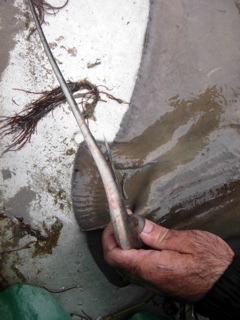
Image Caption
| 
Image Caption |

Image Caption
| 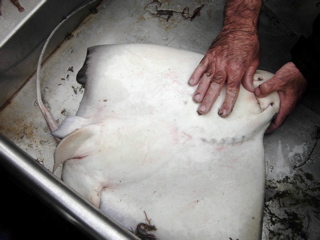
Image Caption
| 
Image Caption |
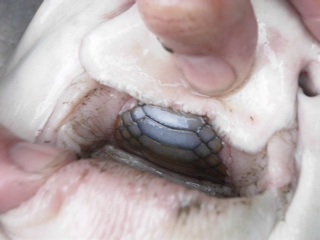
Image Caption
| 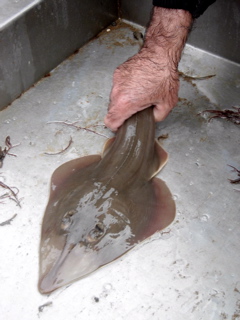
Image Caption
| 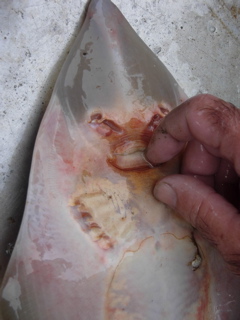
Image Caption |
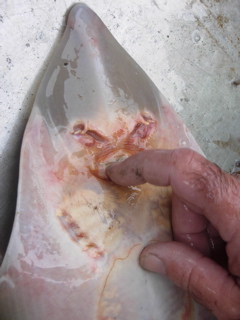
Image Caption
| 
Image Caption
| 
Image Caption |
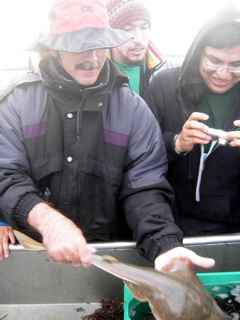
Image Caption
| 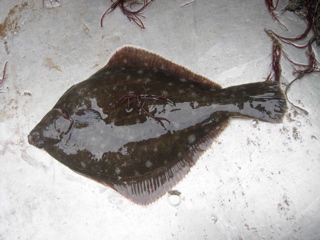
Image Caption
| 
Image Caption |
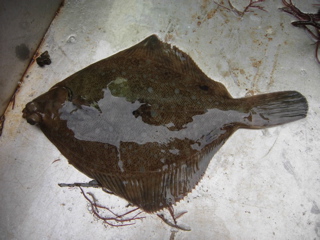
Image Caption
| 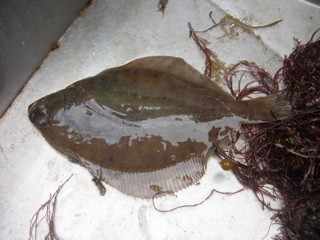
Image Caption
| 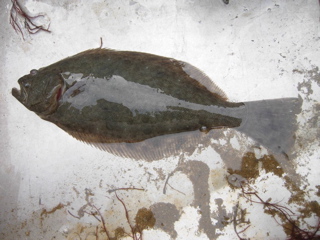
Image Caption |
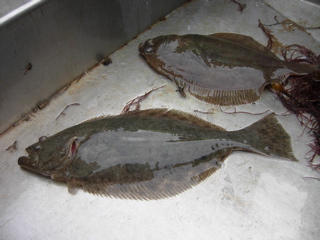
Image Caption
| 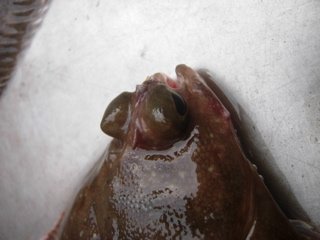
Image Caption
| 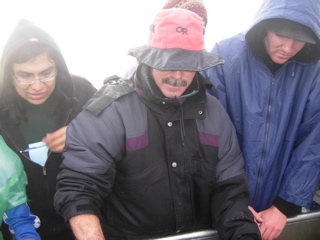
Image Caption |

Bay pipefish (Syngnathus leptorhynchus) range from souteastern Alaska to Baja California. This is the only member of the pipefish family in our area. Terns (Sternidae) living in colonies at Bola Chica wetlands often use this nutritionally deficient prey as a food source while breeding (contributed by John).
| 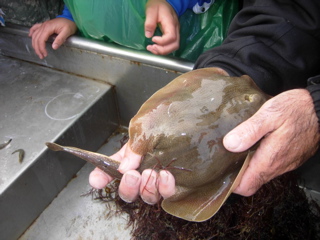
Image Caption
| 
Image Caption |
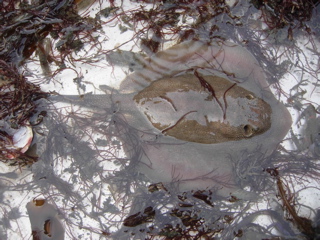
Image Caption
| 
Image Caption
| 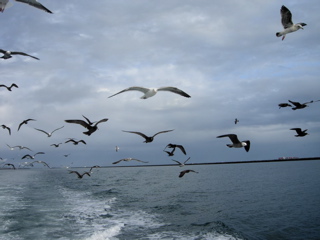
Image Caption |

The three birds together on the right are Heermann's gulls (Larus heermanni), which head north for the winter inot our waters and south for the spring to breed in Mexico (contributed by John)
| 
Western gulls (Larus occidentalis) are our only local breeding gulls, typically breeding on islands but rarely found breeding on top of mainland buildings. They are our only gull as an adult to retain a completely clean white head in basic plumage (contributed by John).
| 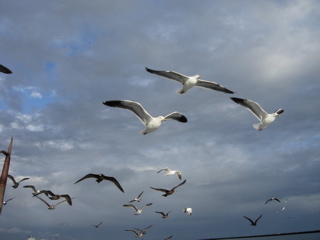
Image Caption |
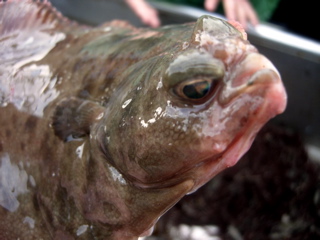
Image Caption
| 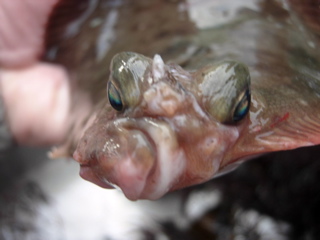
Image Caption
| 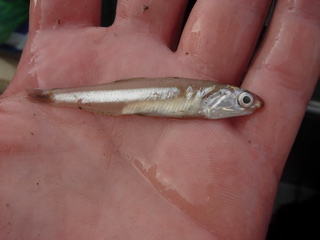
Image Caption |
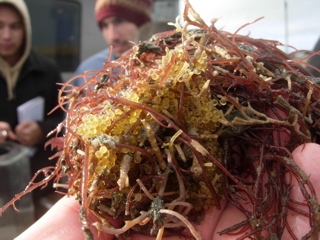
Image Caption
| 
Image Caption
| 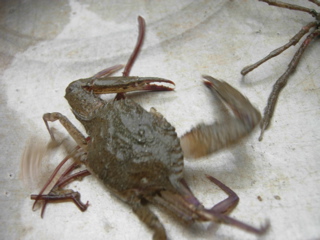
Image Caption |

Image Caption
| 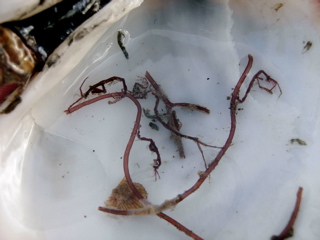
Skeleton shrimps (caprellid amphipods) were cryptically colored on this red algae.
See movie
| 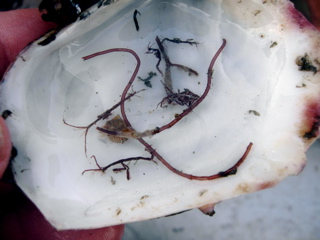
Image Caption |
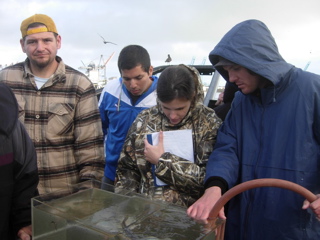
Image Caption
| 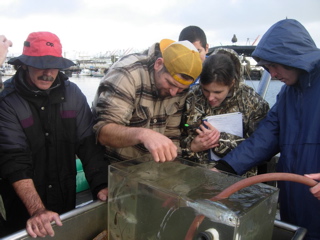
Image Caption
| 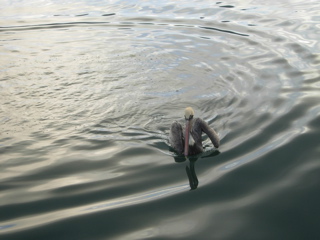
Image Caption |
 Under Construction!
Under Construction! Under Construction!
Under Construction!